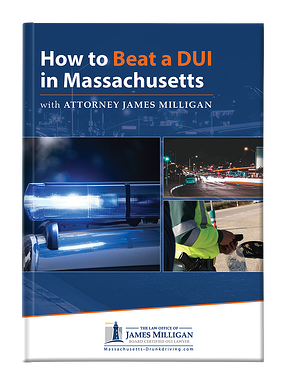1. Determine the reason for suspension: The first step is to find out the reason for your license suspension. Contact the Registry of Motor Vehicles (RMV) by phone or online to obtain this information. 2. Complete any requirements: Depending on the reason for suspension, you may need to complete certain requirements before reinstating your license. This could include paying outstanding fines, completing a driver education course, or attending a hearing. 3. Pay reinstatement fee: You will need to pay a reinstatement fee to the RMV to reinstate your license. The fee varies depending on the reason for suspension and can be paid online, by mail, or in person at an RMV branch. 4. Apply for a new license: If your license has been expired for more than one year, you will need to apply for a new license. This requires taking a written and road test again. 5. Submit required documents: You may be required to submit certain documents, such as a completed application, proof of identification, and any necessary court documents, to reinstate your license. 6. Attend a hearing: If your license was suspended for certain violations, such as DUI, you may be required to attend a hearing before your license can be reinstated. 7. Wait for processing: After submitting all necessary documents and paying the reinstatement fee, your license will be processed by the RMV. This can take several days to a few weeks, depending on the workload of the RMV. 8.

